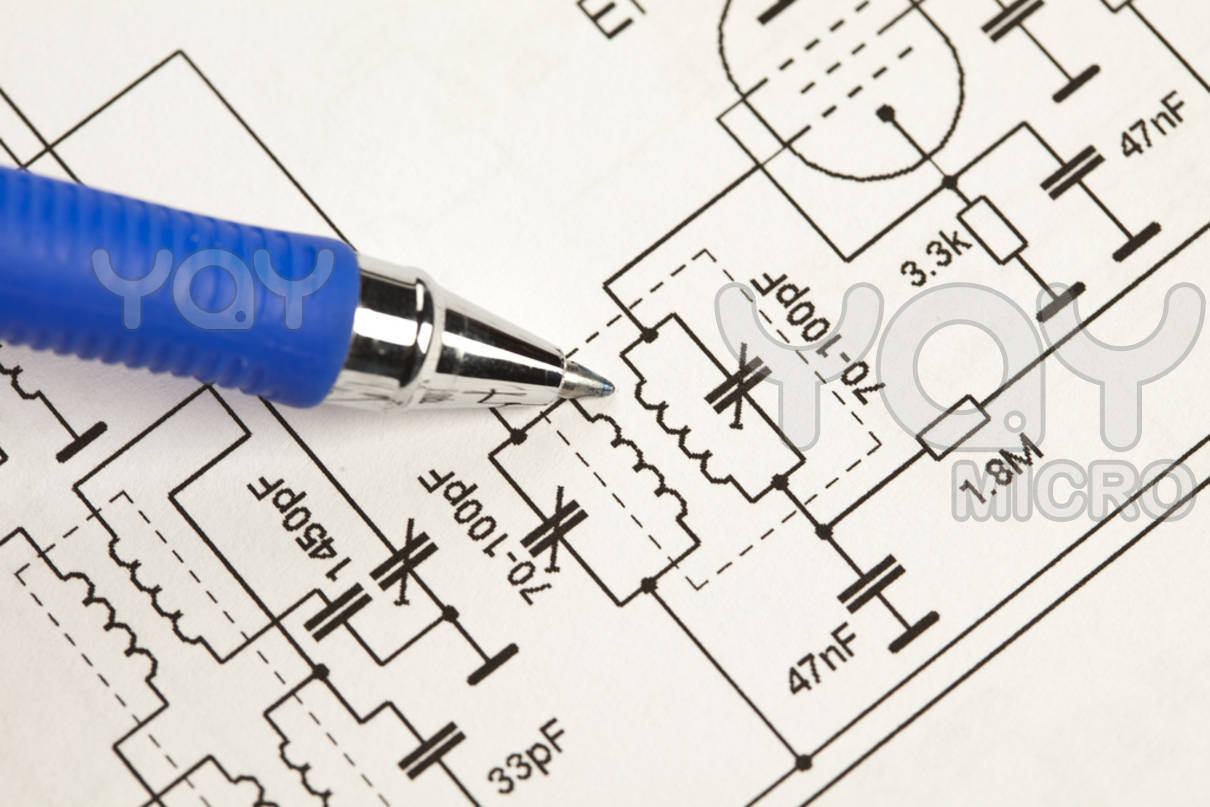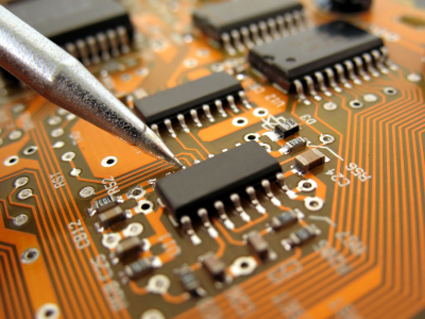 Receiver
schematic:
Receiver
schematic:|
Page last updated: 12/09/2012 |
Single band HF SSB / CW direct conversion phasing receiver
Detailed here within is a simple crystal controlled direct conversion phasing receiver originally developed to operate on a single fixed frequency to monitor QRSS transmissions on the 30m amateur band. It is easily adapted to operate on any of the HF amateur bands by simply altering key component values.
Design:
Key features:
Small and compact design.
Simple, easy to set up and easy to replicate design.
Using easy to source readily available, economic components.
Good performance on today's crowded HF amateur bands.
Receiver description single conversion super heterodyne.
The RF front end section comprising TR1,TR2,C21,C22, C23 forming a three element Pi band pass filter, and T1, T2 RF amplifier. Signal is then split between C2, R6 and R7, C5 acting as RF phase shift networks before feeding the two balanced mixers.
The receiver operating frequency is set by frequency of crystal Q1 (FQ1 = Frx / 2). This receivers operating frequency is set to 10.140MHz in order to monitor QRSS activity on the 30m amateur band, therefore (FQ1 = 10.140 / 2) 5.07MHz. In reality the crystal used was 5.0688MHz fine tuned to the correct frequency with padding capacitor CV19. T7 is the local oscillators active device, whilst R24 allows adjustment of local oscillator drive level before being split between the two mixers.
The IQ signals from the two mixers proceed through another phase shift network and pre amplifier (R11, C10, T3, and C11, R12, T4) before being combined and presented to the AF section comprising of active devices T5 and T6.
No AF gain control or audio power amplifier have been provided with this receiver, this would naturally follow C16. However there is ample audio to drive a pair of headphones, or as with mine the sound card of a PC where level control then takes place.
 Receiver
PCB component placement / layout:
Receiver
PCB component placement / layout:
Original Files:
Further to the details of the pages above - the original CAD files created using EAGLE PCB Design software are included below, along with associated PDF files of both schematics and PCB layouts suitable for printing directly.
To use the original CAD files, they must be opened with EAGLE. Visit the CADsoft web site for more details, the software (including a freeware version), part libraries, tutorials, for EAGLE are available.
Receiver PCB component layout PDF
Receiver PCB bottom track layout PDF